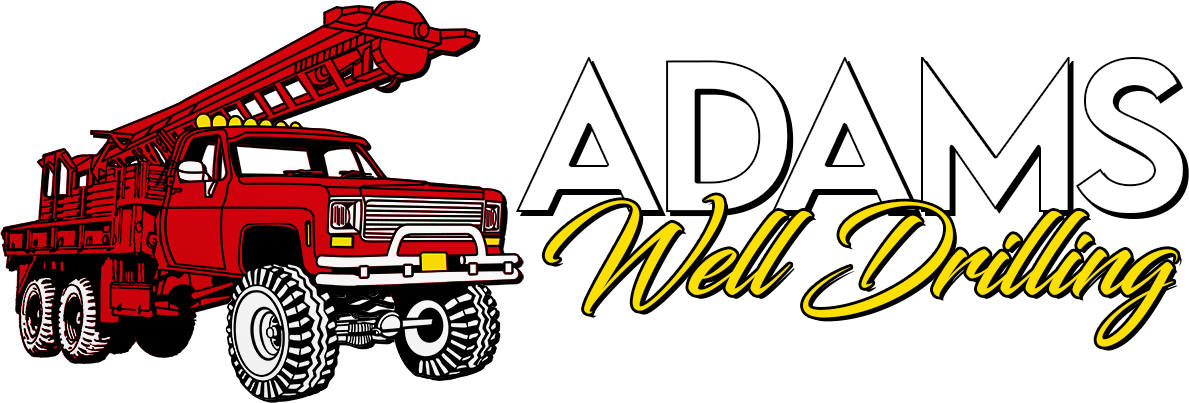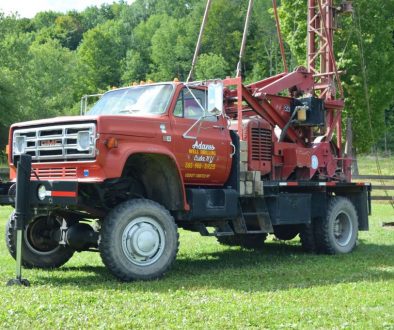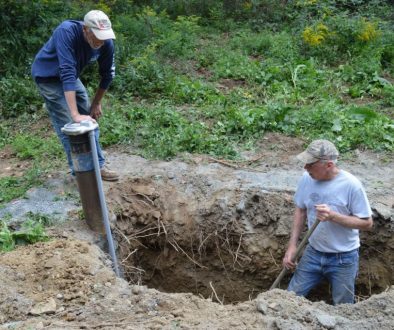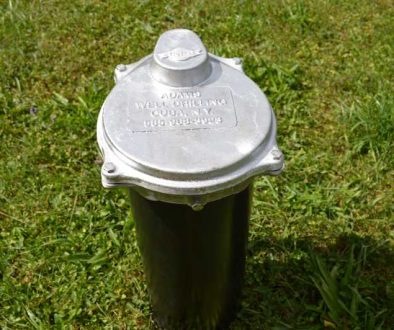What is Groundwater for Water Wells?
By Don Adams
Adams Well Drilling
The groundwater in your aquifer comes courtesy of Earth’s natural water cycle, known as hydrology.
You likely remember how it goes from elementary school. Water first evaporates from the surface — from rivers, lakes, seas and the ground itself — and then precipitates however conditions allow — as rain, snow, sleet, hail, etc. From there, the cycle continues as the water makes its way at the surface downhill toward the nearest body of water, where it’ll either flow back into a bigger body of water or evaporate once more to complete the cycle. Most of the water infiltrates the ground and makes its way down to underground aquifers. When you have a water well installed, you’re essentially using clean, fresh rainwater after a few stages of permeation and filtration.
Feel free to discuss these variables with your water well installation professional.
3 Groundwater Must Knows Before Having a Water Well Installed
1. Geology
In our areas around Franklinville, Rushford and Cuba, NY, geologic formations can vary greatly from solid rock to loose silt — and everything in between. Experience in these areas is critical to ensure the well is drilled and constructed correctly the first time.
2. Types of Aquifers
Aquifers are water-saturated subsurface formations. Sometimes they’re deep. Sometimes they’re shallow. Sometimes they occur alone and are uncontained. In general, there are three types of aquifers: confined, unconfined and perched water tables. In any case, wells siphon groundwater from these aquifers.
Confined aquifers sit deep down between two layers of rock. They’re typically sustained by a recharge area at a higher elevation. If feasible for drilling, water quality in confined aquifers is usually best, as the top layer of rock is a barrier from potential contaminants. For these, artesian wells are drilled from the surface down through the first large rock formation and as deep as necessary to access the confined water.
Unconfined aquifers sit on top of the first large underground rock formation, closer to the surface. These are referred to as unconfined because they draw water directly from the ground above them. Shallower water table wells work fine to deliver high volumes of quality groundwater.
Perched water tables are even shallower. The water table represents the boundary underground between the soil surface and water-saturated subsurface locations. Sometimes this water table sits above a confining rock formation closer to ground level.
3. Topography Affects Groundwater Flow
Groundwater falls and melts across a variety of topographies — hilly areas, lowlands, open field, swamps, rivers and ponds, and everything in between. Where the rain water falls and what it travels through makes a big difference in terms of safety and quality.
Knowing the flow of groundwater will help your water well professional to identify the ideal location for your well. Generally, groundwater in an aquifer flows the same direction as the ground slope. Consider it like a slowly flowing underground river. When slope isn’t so obvious, years of experience drilling in an area reveal valuable trends to finding volumes of clean well water.
Be aware of potential nearby contaminants like septic tanks and landfills. Your well should be constructed a safe distance away, as groundwater will carry their bacteria and hazardous waste whichever way it flows. As a rule, distance is a great filter.
Adams Well Drilling has decades of experience harnessing the power of hydrology to supply clean, dependable groundwater for commercial and residential properties in Western New York. Call us now at (585) 968-3923 for a free consultation.




